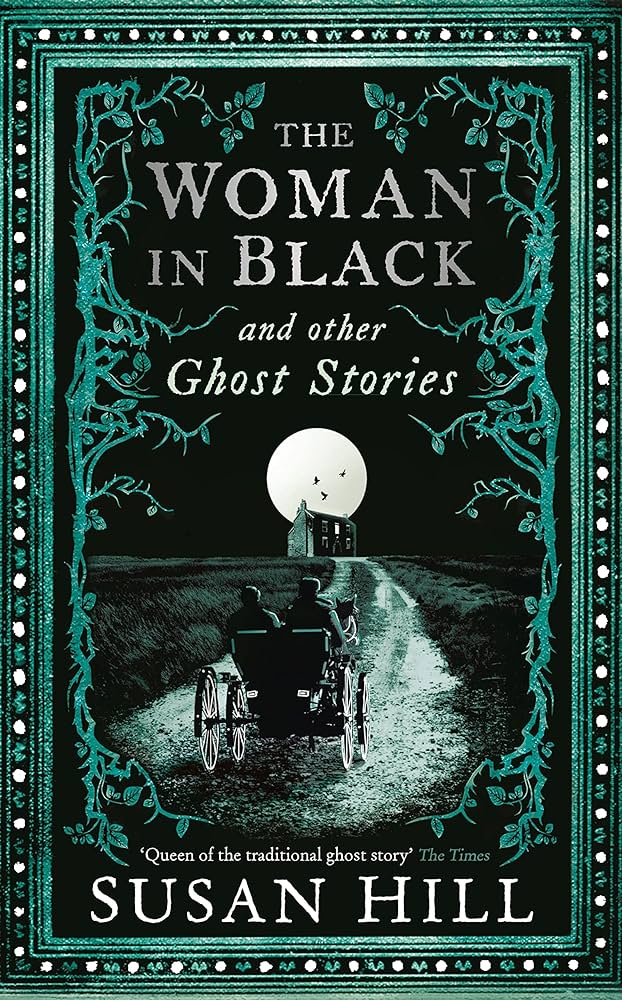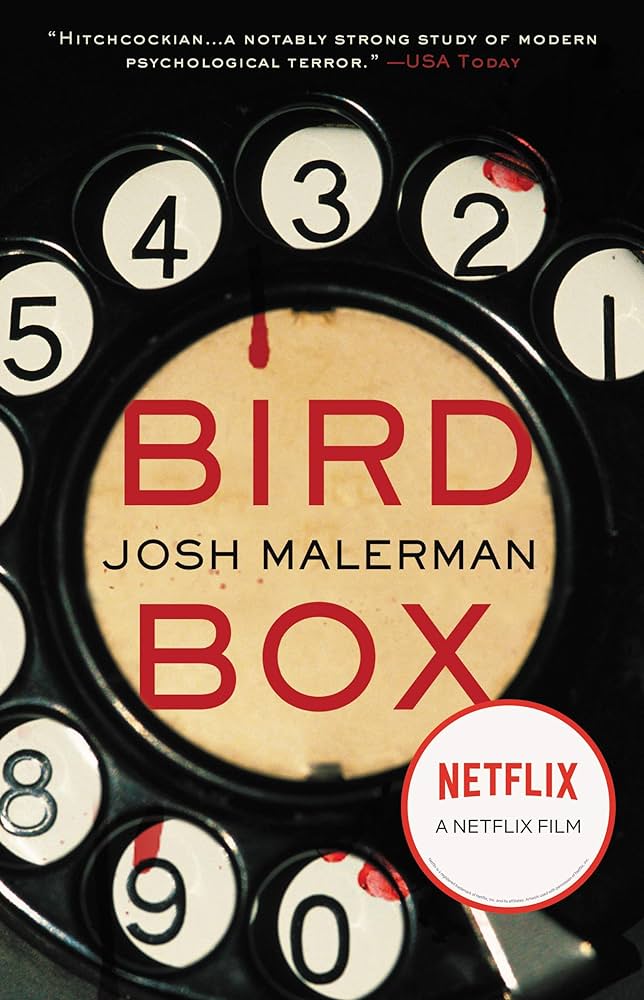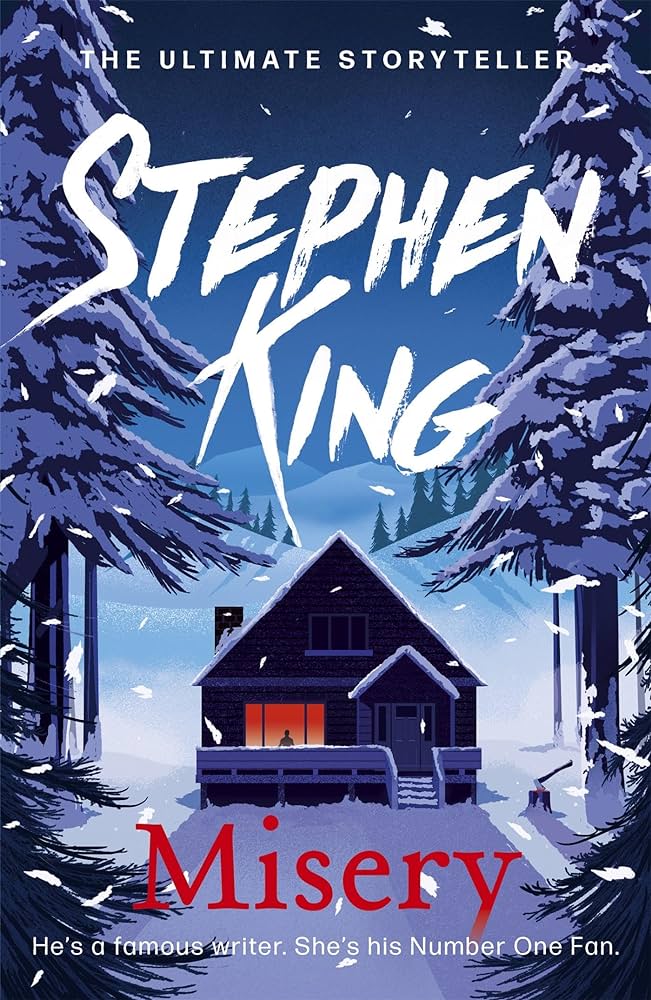 Introduction:
Introduction:
Entering the world of “The Woman in Black” by Susan Hill feels like stepping into a realm where darkness and mystery lurk around every corner. As I immersed myself in the pages of this chilling tale, I found myself captivated by its atmospheric setting, spine-tingling suspense, and nuanced exploration of grief and guilt. In this review, I’ll delve into the haunting narrative, dissect its themes, and examine the elements that make it a timeless masterpiece of horror fiction.
Unveiling the Narrative:
“The Woman in Black” unfolds through the eyes of Arthur Kipps, a young solicitor tasked with settling the estate of the deceased Mrs. Alice Drablow in the remote village of Crythin Gifford. From the moment Arthur arrives in the desolate town, he is ensnared by a series of eerie occurrences that seem to revolve around the mysterious figure of the Woman in Black. As he delves deeper into the dark secrets of Eel Marsh House, Arthur becomes increasingly haunted by visions of the vengeful specter and the tragic events that shroud her existence.
Exploring Themes of Grief and Guilt:
At its core, “The Woman in Black” is a meditation on the nature of grief and the weight of unresolved guilt. Through Arthur’s character, Hill explores the devastating impact of loss and the relentless grip of sorrow that can linger long after death. As Arthur confronts the ghostly apparition of the Woman in Black, he is forced to reckon with his own past mistakes and the tragic consequences that continue to reverberate through the present. The novel’s atmospheric prose and evocative imagery create a sense of foreboding that lingers with the reader, serving as a potent reminder of the power of grief to shape our lives.
Examining the Elements of Horror:
Hill masterfully employs a variety of literary devices to evoke a sense of dread and unease throughout the narrative. From the bleak, windswept moors of Crythin Gifford to the decaying halls of Eel Marsh House, the setting itself becomes a character, imbued with a palpable sense of malevolence. The slow-burning tension builds to a crescendo of terror as Arthur uncovers the truth behind the Woman in Black’s tragic fate, culminating in a chilling climax that will leave readers breathless.
Conclusion:
“The Woman in Black” stands as a testament to Susan Hill’s mastery of the horror genre, weaving a tale of spine-tingling suspense and psychological intrigue that continues to captivate readers to this day. Through its haunting narrative and evocative imagery, the novel explores timeless themes of grief, guilt, and the supernatural, leaving an indelible mark on those brave enough to venture into its shadowy depths. As I closed the final pages of this eerie tale, I couldn’t help but feel a shiver run down my spine, knowing that the specter of the Woman in Black would linger with me long after the last page was turned.




